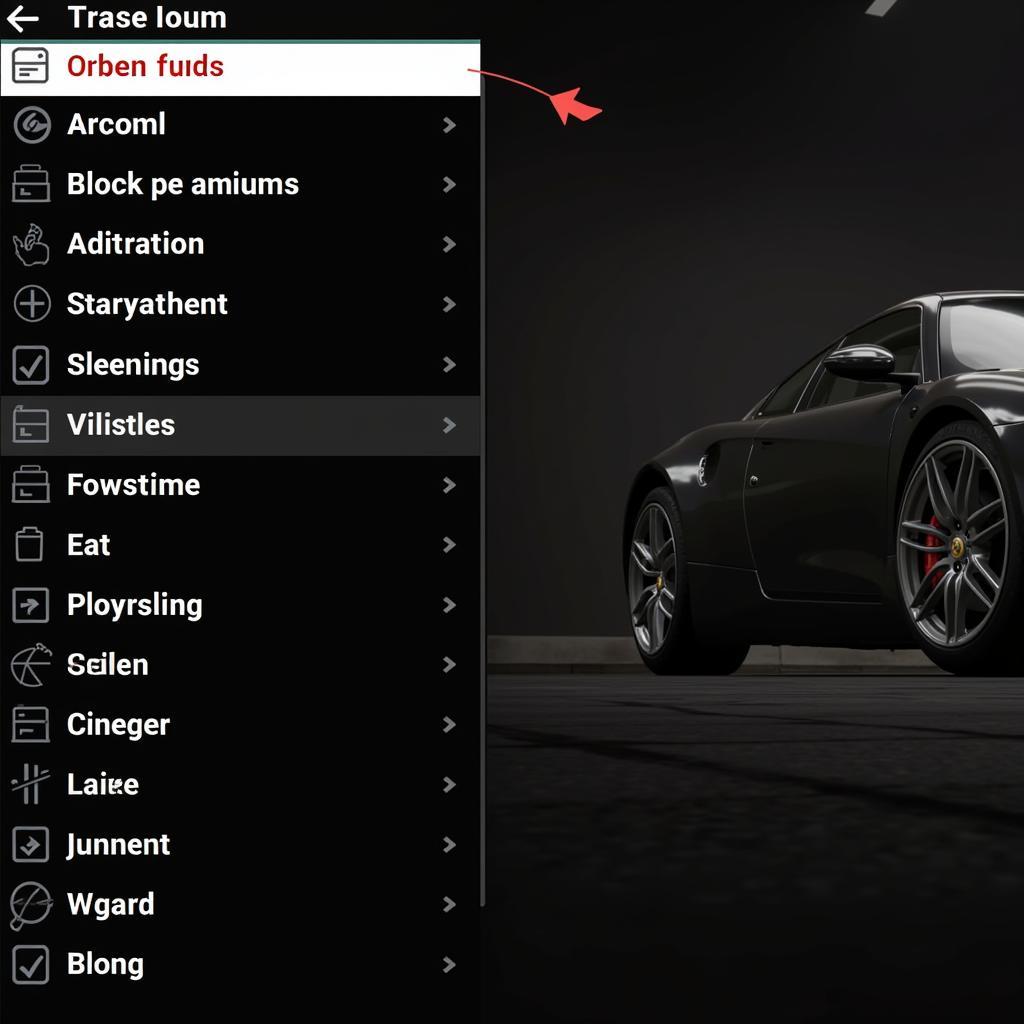A leaking car jack can be a safety hazard and a real pain. Whether you’re a seasoned mechanic or a DIY enthusiast, this guide will equip you with the knowledge and steps to fix that leaking car jack and get back on the road safely. We’ll cover everything from diagnosing the problem to implementing the right fix. Let’s dive in!
Hydraulic car jacks are essential tools for lifting your vehicle, but leaks can render them useless and dangerous. Thankfully, fixing a leaking car jack is often manageable with a few simple tools and the right know-how. How do you find out if your car recall was fixed? Find out more.
Understanding Your Car Jack and the Common Causes of Leaks
Before we jump into fixing the leak, it’s crucial to understand how your car jack works. Most car jacks use hydraulic fluid to generate the force needed to lift a vehicle. Leaks often occur due to worn seals, damaged pistons, or loose connections.
Identifying the Type of Leak
Pinpointing the source of the leak is the first step in fixing your car jack. Common leak points include the piston seal, the base seal, and the release valve. Inspect your jack carefully, looking for signs of fluid around these areas. A clean rag can help absorb excess fluid and make the leak easier to spot.
How to Fix a Leaking Car Jack: Step-by-Step Guide
Fixing a leaking car jack often involves replacing worn-out seals. Here’s a step-by-step guide:
- Gather Your Supplies: You’ll need a new seal kit (specific to your jack model), hydraulic jack oil, a jack stand, wrenches, a clean rag, and a drain pan.
- Secure the Jack: Place the jack on a stable surface and ensure it’s not under load. Use a jack stand to support the vehicle if necessary.
- Drain the Old Hydraulic Fluid: Open the release valve and carefully lower the jack to release the pressure. Place the drain pan under the jack and remove the fill plug to drain the old fluid.
- Disassemble the Jack: Follow the manufacturer’s instructions for disassembling your specific jack model. This typically involves removing the reservoir, cylinder, and piston.
- Replace the Seals: Carefully remove the old seals and replace them with the new ones from the seal kit. Make sure the new seals are properly seated.
- Reassemble the Jack: Reassemble the jack in reverse order, ensuring all components are tightened securely.
- Fill with New Hydraulic Fluid: Fill the reservoir with fresh hydraulic jack oil according to the manufacturer’s recommendations.
- Test the Jack: Raise and lower the jack a few times to check for leaks and ensure proper operation.
Preventing Future Leaks
Proper maintenance is key to preventing future leaks. Regularly check your car jack for signs of wear and tear, keep it clean, and store it in a dry place. Are you struggling with a jammed CD player in your car? Here’s a helpful guide on how to fix a jammed cd player in your car.
“Regularly inspecting and maintaining your car jack is crucial for preventing leaks and ensuring its longevity.” – John Davis, Automotive Engineer
“Using the correct type of hydraulic fluid is essential for the proper operation and longevity of your car jack.” – Maria Sanchez, Certified Mechanic
Are you wondering how to get rid of that mildew smell in your car? Check out this guide on how to fix mildew smell in car.
Conclusion
Fixing a leaking car jack is often a straightforward process that can save you money and ensure your safety. By following these steps and implementing preventative maintenance practices, you can keep your car jack in optimal condition for years to come. If you’re uncomfortable working on your car jack yourself, don’t hesitate to contact a qualified mechanic for assistance. For more helpful car tips and advice, visit AutoTipPro at 500 N St Mary’s St, San Antonio, TX 78205, United States or call us at +1 (641) 206-8880. We’re here to help! You might be interested in checking out the fixed car loan rates 2018. Looking to fix your broken car heater? This article may help.





Leave a Reply